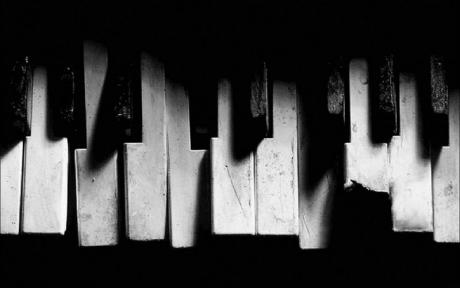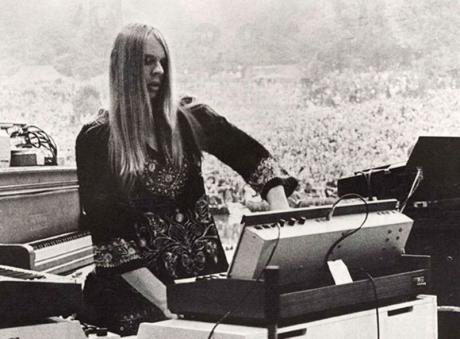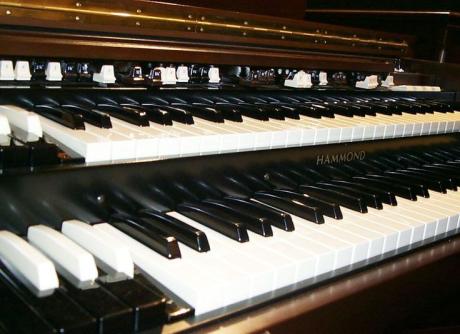Rockové klávesy - Legendární klávesové zvuky! Yes: Close to Edge, část druhá
Greetings, readers. This month I wanted to talk about my favorite album for classic keyboard sounds and how you can get these sounds on your own rig with just a few keyboards. Drum roll, please... Close to the Edge by the progressive rock band, Yes, is my favorite album for classic keyboards. Even 45 years after being recorded, Rick Wakeman's epic keyboard parts are a blueprint for rock keyboardists everywhere.
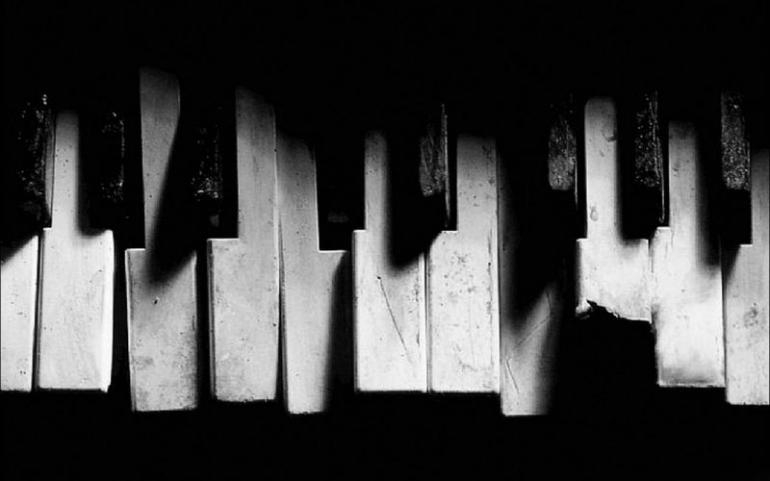
Minimoog 13:57: Also in I Get Up I Get Down, there is a powerful monophonic Moog solo. The Minimoog was invented in 1970 and was meant to replace large modular synthesis systems with a self contained unit that was portable and could be used in traveling groups. Usually when you hear a ripping keyboard solo in a 70’s rock band, it’s this instrument making the sound. The Mini Moog is monophonic and will jump from one note to another if a note is held. When you hold a note in a lower register while playing notes in the higher register that
you rapidly release, a hammer on effect similar to a lead guitar is created. If you add portamento and pitch wheels into the mix, you have a lot of expression at your fingertips. If you are looking for a modern synth to get these sounds in your own rig, I recommend the Microbrute by Arturia.5. Hammond B3 15:01A searing B3 solo using mostly the A dorian mode (A, B, C, D, E, F#, G, A) tears through the synth haze of I Get Up, I Get Down with a with a distorted tone and Leslie Speaker set to brake. The solo serves as a bridge to the last section of the movement, Seasons of Man. By using staccato rhythms, repeated notes and small two or three note patterns that slowly rise and fall, Wakeman gets a lot of mileage from just a few core ideas and riffs. The organ with distortion is a great sound for leads and is used by most great Rock keyboardists like Steve Winwood, Jon Lord, and Keith Emerson. Here, Wakeman pulls the first 5 or 6 drawbars out while the top bars stay pushed in. He sounds like he's using the 2nd percussion set to the normal percussion with no vibrato and distortion.In my own keyboard rig, I try to have all of these sounds at my fingertips when I play, especially if I'm performing with my own group where I use a lot of different sounds. I usually have a Boss RC-3 looper at my feet loaded with weird atmospheres and sound efx that I can trigger for interesting sounds on the fly. I have two keyboards; A polyphonic analog keyboard, the Korg Minilogue, that sits atop a Hammond SK-1, a keyboard that makes great real instrument sounds like organ, electric piano, and clav. The SK-1 also has a thumb drive that I use to play .wav samples with atmospheres and string pads just like I have on the Boss pedal. I use both of these together for sound effects. The analog synth on top is used for punchy analog sounds and leads. This synth is also going into the looper pedal so I can add even more layers of sounds.
Monophonic Moog solo: Já vím, že teď asi budu vysvětlovat něco samozřejmého, ale risknu to. Asi víte, že slovo „monofonní“ znamená trochu něco jiného, když mluvíme o poslechu nahrávky, a když se jedná o syntezátor. Hlavní význam samozřejmě zůstává v tom smyslu, že mono znamená „jeden“ (velké překvapení). Na rozdíl od monofonního poslechu, kde jednoduše levé a pravé ucho dostává stejnou informaci, to tak v případě mono-synťáku vůbec být nemusí. Mono syntezátor, jako např. zmíněný legendární Mini Moog, je prostě jednohlasý. Zahrání další noty vždy způsobí, že přestane hrát ta předchozí (nebo, máme-li zapnuté portamento či „glide“, dojde k plynulému přechodu mezi jedním tónem a tím následujícím). Pokud pak ale např. výsledný zvuk proženeme stereo efekty, jak je dnes běžné, dostaneme se k paradoxu. Zvuk bude monofonní a stereofonní zároveň. :-)
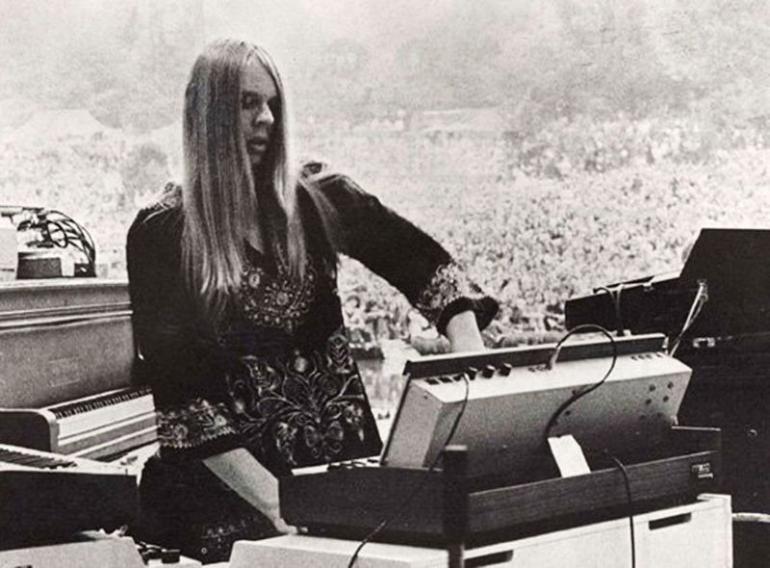
Modular synthesis: Dříve běžný typ syntezátoru, u kterého pokud jste například chtěli zvuk oscilátoru upravit filtrem, museli jste je propojit kabelem. Tento přístup později digitálně simulovaly také některé virtuálně analogové syntezátory, jako např. Nord Modular.
Self-contained unit: „soběstačný“ výrobek, tedy takový, který v sobě integruje vše potřebné, a není jej nutné propojovat s dalšími přístroji.
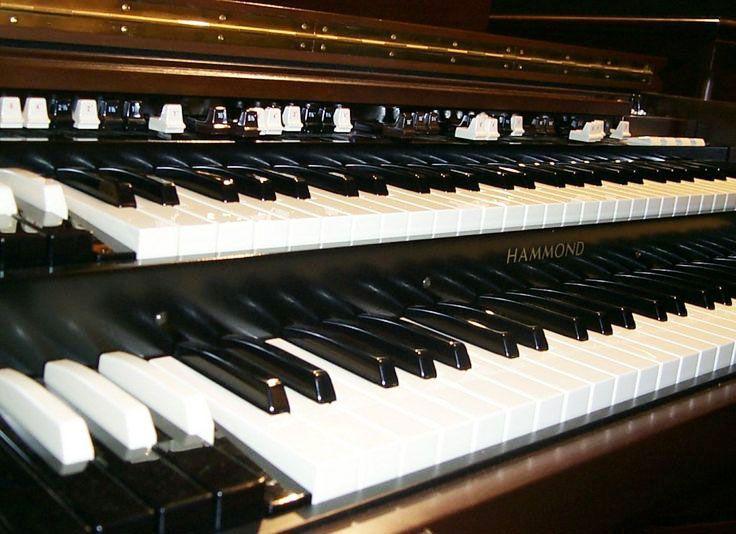
Leslie speaker set to brake: Pokud jste vůbec někdy zavadili o Hammondky, asi vám nemusím vysvětlovat, co je rotující reproduktor, tedy „Leslie bedna“. Jenže dnes opravdové Leslie bedny používá málokdo, stejně jako skutečné Hammondky, protože kdo by se s tím chtěl tahat. Narazil jsem na mnoho simulací, které vám sice umožňují přecházet mezi pomalou a rychlou rotací, ale neumějí rotor zcela zastavit. Právě toto nastavení se jmenuje „brake“ (tedy brzda), a Wakeman jej použil v I Get Up, I Get Down. Pokud je možnost dosáhnout takového zvuku pro vás důležitá, při nákupu hardwaru či softwaru se ujistěte, že umí „brake“.
